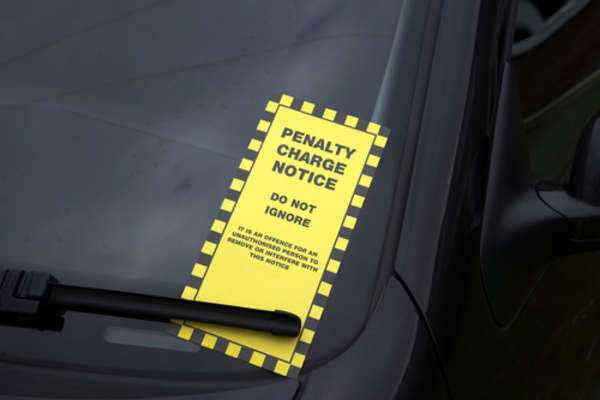
Drunk driving, or driving under the influence, refers to the act of driving a motor vehicle with blood levels that are deemed in excess of a state’s legal limit. Details of the offense, as well as classifications and coordinating penalties, will depend on the jurisdiction and the severity of the action. Furthermore, drunk driving convictions do not necessarily involve the actual operation of the automobile.
In the majority of jurisdictions in the United States, drunk driving convictions will weigh heavily on the driver’s blood alcohol content. If the driver’s BAC is in excess of a defined level (as deemed by the state, such as 0.05% or 0.08%) he or she will be charged with drunk driving.
The penalties associated with drunk driving will not only depend on an individual’s BAC, but where the incident took place and how many times the individual has been charged with drunk driving acts in the past. In the majority of jurisdictions, a 1st time drunk driving offense will carry a misdemeanor charge—the individual will pay a hefty fine, partake in drunk driving counseling and/or have his or her license revoked for a certain period of time. These penalties exponentially worsen with consecutive charges; an individual may be jailed for multiple drunk driving convictions.
In addition to the elasticity found between drunk driving convictions and the severity of the underlying penalties, the egregiousness of the violation will yield sharpened penalties. For instance, if the drunk driving charge is attached to possession of a controlled substance or the individual was speeding while intoxicated, he or she will invariably face additional or heightened penalties.























